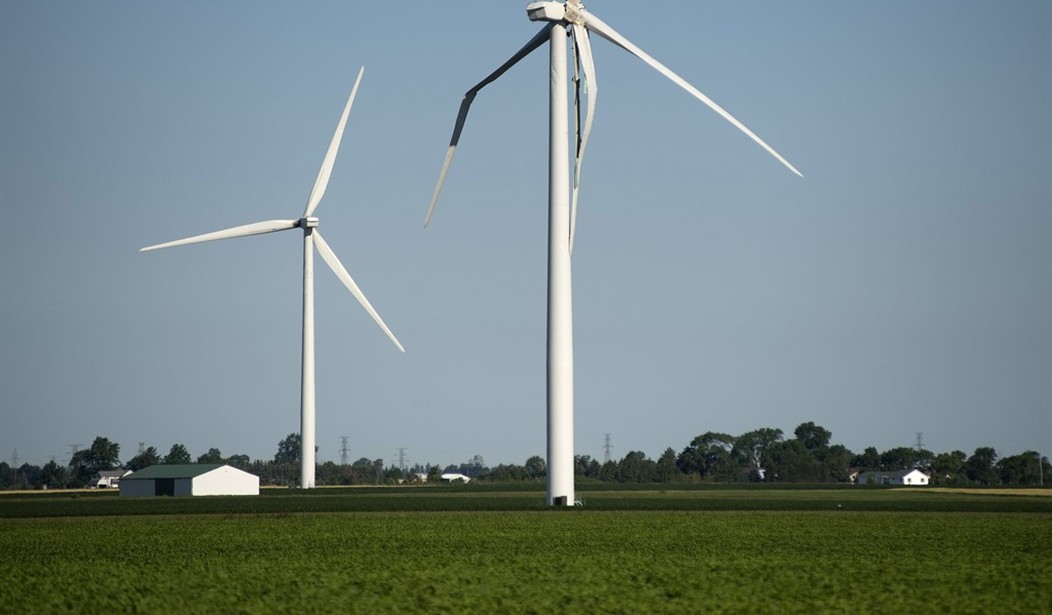As anyone who follows me on social media may have recently seen, one of the hottest topics this week on a neighborhood discussion forum I participate in has been a family who typically has a monthly utility bill in the range of $150 but last month got hit with a charge of $441. And they couldn’t identify any significant change in their recent use of electricity or natural gas. Others quickly chimed in that they had seen increases also, though not quite that extreme. (Ours didn’t go up nearly as much because we’re on one of those plans that average out your utility bills over the course of the year.) Many places across the United States are seeing similar spikes, but it’s not limited to America. Countries from China to the UK are also experiencing significant price hikes and, in some places, rolling blackouts.
The Wall Street Journal took a deep dive into the subject this week and spoke with energy analysts who have been predicting this effect for a while now. One of the biggest drivers of these challenges is fairly obvious. More and more areas have been moving to reduce or eliminate the use of fossil fuels in the name of combatting climate change. But the renewable resources they have tried to use to replace oil and natural gas simply aren’t up to the task. And that has resulted in an about-face in some places, driving the demand (and the cost) of those fossil fuels back up.
An energy price shock is serving as a reminder of the world’s continued dependency on fossil fuels—even amid efforts to shift to renewable sources of energy.
Demand for oil, coal and natural gas has skyrocketed world-wide in recent weeks as unusual weather conditions and resurgent economies emerging from the pandemic combine to create energy shortages from China to Brazil to the U.K.
The situation has laid bare the fragility of global supplies as countries drive to pivot from fossil fuels to cleaner sources of energy, a shift many investors and governments are trying to accelerate amid concerns about climate change.
The transition figures to be challenging for years to come, energy executives and analysts say, due to a stark reality: While fossil fuel investment is falling, fossil fuels account for most energy—and green energy spending isn’t growing fast enough to fill the gap.
The International Energy Agency recently issued its quarterly projection for the energy market and it shows demand for oil will reach pre-pandemic levels by January. Demand for coal is similarly rising quickly and should surpass 2019 averages by December. But at the same time, global investments in oil and gas exploration, as well as coal mining, have dropped significantly, mostly driven by demands for more renewable energy. When demand rises at the same time that supplies decrease, the outcome is as predictable as the seasons. Prices go up. And in this case, they may go way up.
This sudden scramble to find more coal and oil or gas in many countries is being caused by an equally obvious and completely predictable phenomenon. States like California and countries including France and Germany all issued mandates saying wind and solar must make up a quickly increasing portion of their power grids over the next couple of decades. But signing a bill into law doesn’t make more energy magically appear. Wind and solar are variable supplies of electricity that aren’t completely predictable and shift based literally on the weather or the time of day. And not every area is equally suitable for the use of wind farms or solar arrays.
The bottom line of this report describes a situation where the current number of wind and solar generation stations simply isn’t putting out enough juice to meet rising demands as we come out of the pandemic at the same time that fossil fuel sources are being slashed. And we may not reach the required levels of renewable energy sources for decades. People aren’t going to tolerate having their electricity shut off periodically and fossil fuels remain the only reliable backup available.
Hydroelectric power is a great source of energy, but we’ve already maxed out most of the easily dammed rivers and new projects of that sort take a long time to bring online and are very costly. Nuclear energy is entirely carbon-free, but it’s almost impossible to get a permit to build new reactors. There are only a handful of places in America where geothermal energy is practical. And let’s face it… when you eliminate all of those, there’s pretty much nothing left to use on an industrial scale except for fossil fuels, which we still have in abundance if we’re allowed to use them.
We have serious power grid issues that have been festering for a long time and they desperately need to be addressed. But flatly declaring that “carbon is bad” and you can only use wind and solar from now on isn’t going to solve our problems. That approach is only going to lead to more rolling blackouts and unpredictable spikes in energy costs. The people who work in the industry have seen this coming for ages, but too many elected officials refused to listen. As a result, now we’re going to be scrambling to keep the lights on for quite a while and higher energy bills will become part of “the new normal.”








Join the conversation as a VIP Member